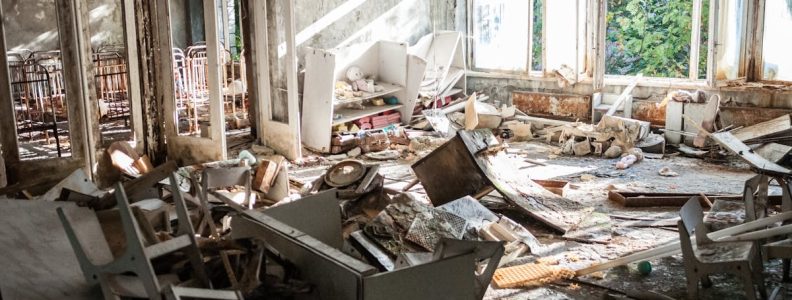Homes are contentious, especially in this age of automation, migration and climate change, and smart everything.
How would you describe your home and what would you like it to be in the future?
Are our bodies going to become the only ‘home’ we can rely on? Or, is home the place where you are born, even though you may well be forced to move many times? Are they simply where you feel safest and most comfortable? What rights should we have with regards to our homes? Are you allowed, even encouraged, to protect it, no matter what? Are you, or should you be, obliged to share it?
Whilst all those different aspects of how we might describe and think about home are important and deserve plenty of deep and careful thought, this piece is about the physical space we call home.
Recently, I took part in futurehomestories, a joint research project between the University of Leipzig and the Anhalt University of Applied Sciences.
Here is an abridged and (google) translated extract from their paper/zine, which can be found at https://opendata.uni-halle.de//handle/1981185920/118435 as an open access publication.
“People from the population imagined their homes of the future and in participatory workshops they wrote stories to show fictional technologies and alternative futures: futurehomestories. The stories of these futures were then sent to designers in Australia, Great Britain, the USA, the Netherlands, Finland and Sweden. They thought about them further and shared the results in the form of artefacts. After the conversations, the project continued to “whisper.” Stephen, an author from the United Kingdom, took the conversations from the online workshops further and wrote three new short stories (“Growth,” “Home Happy,” and “Misfits”) from them.”
So, there I was in three different workshops, listening to the final ‘whisper’ in the chain, and it was fascinating. First of all, there were the different perspectives and creative angles that the designers brought forwards from the ‘whisper’ before them. Secondly, being asked to get my inspiration from these artefacts, rather than directly from scientists or technologists made my creative juices run differently to usual – for example, we had home-made cheese, amazing images of the sun and reviews of fictional smart technology. Lastly, being given free rein to be as imaginative as possible was both liberating and daunting, and I enjoyed both elements of that tension. Overall, the project was fascinating because, by using ‘whispers’, I was led away from the obvious and into a much more speculative space.
You can get a really good feel for the project and the ‘chain of whispers’ from the zine, including the artefacts that were in the workshops from which I took my inspiration.
I won’t spoil the stories for you, but as each one is around 1,000 words they are easy to read and, although I would say it, worth reading.
You can download the paper/zine, including the stories from https://opendata.uni-halle.de//handle/1981185920/118435.

